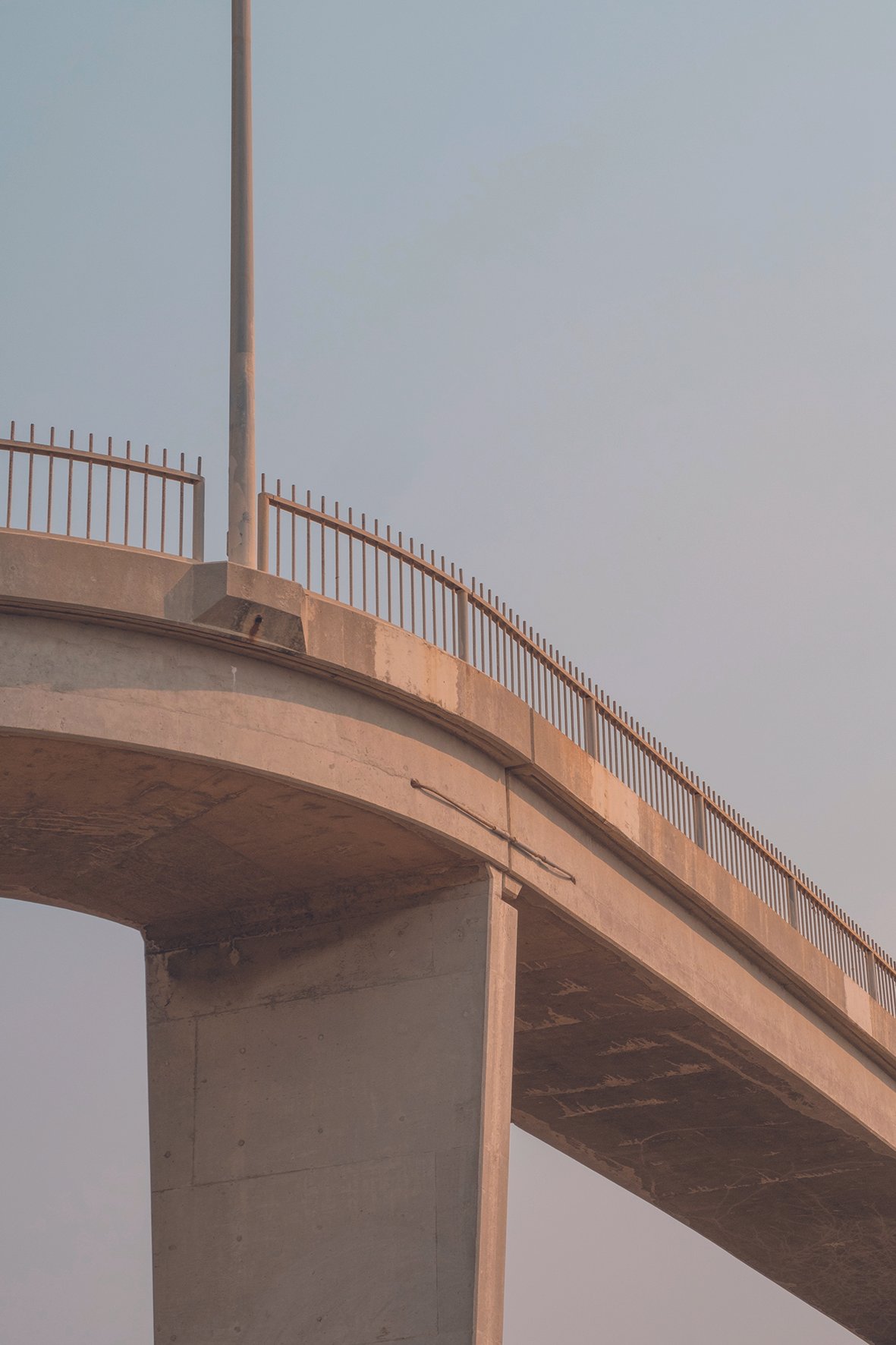
Cities are a collection of stories stacked up on each other over time and space.
Remnants of the past linger, whether through a street name, a plaque, or the lasting impact on community members who remain.
Imagine them as repositories of cherished memories and traditions, where beloved buildings are sometimes torn down to make way for new ones.
But what’s even more important than the tales of the past, are the stories that remain untold and the experiences concealed beneath the surface, waiting to be discovered and shared.
Regrettably, cities are often designed without consideration for those stories and groups on the periphery, leading to the omission of certain communities (typically marginalized individuals) from shaping our built environments and municipal policies. This omission has far-reaching consequences, that impact the well-being of all of our communities.
But what would our cities look like if they were planned at the intersections? A holistic approach to city-building and taking stock of the voices that are so often ignored in our city processes is what is needed. By acknowledging, working with, and integrating the ideas of diverse groups, we can unlock innovative solutions that address multifaceted challenges and improve our cities for all.

